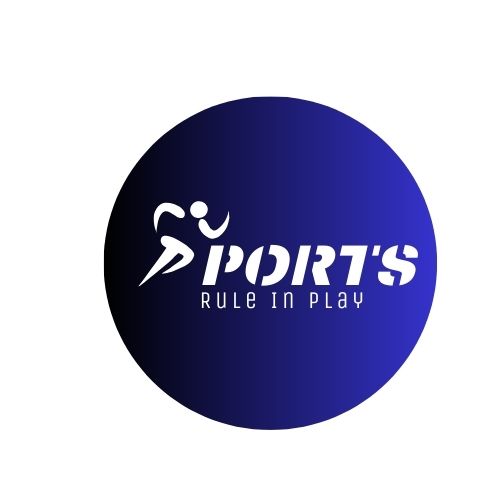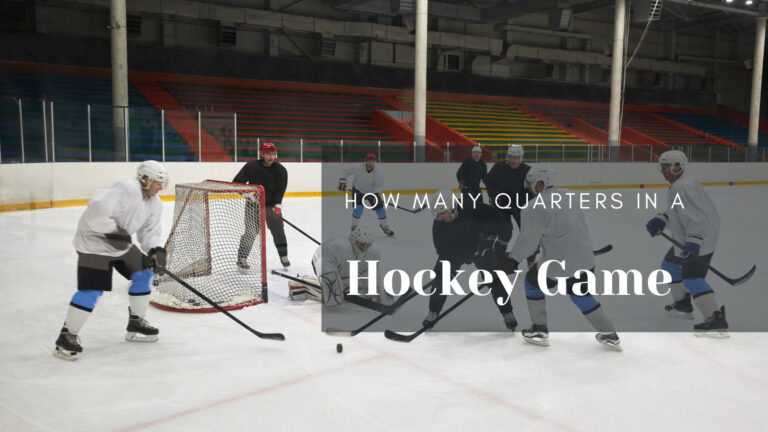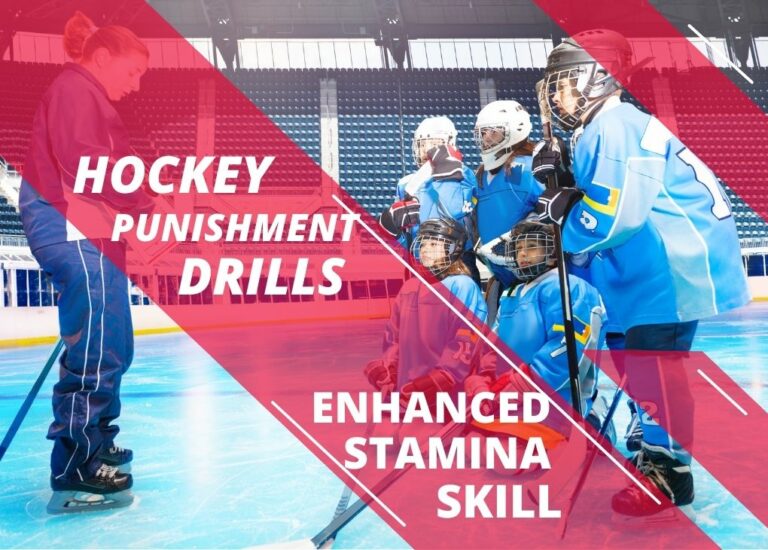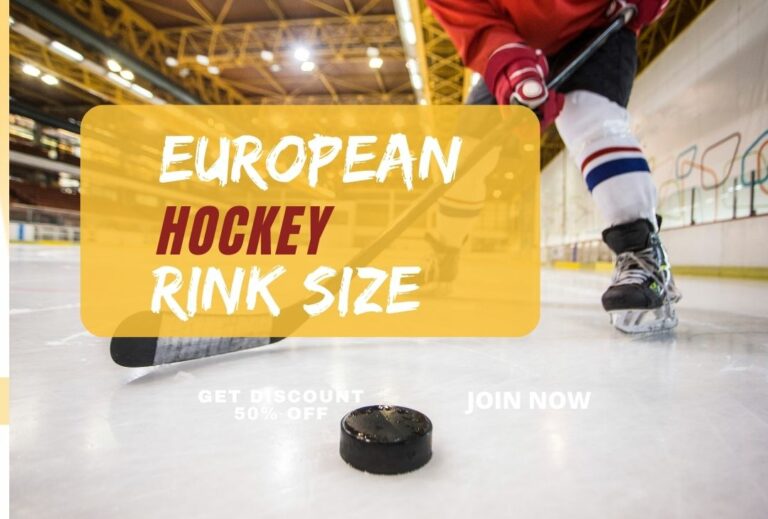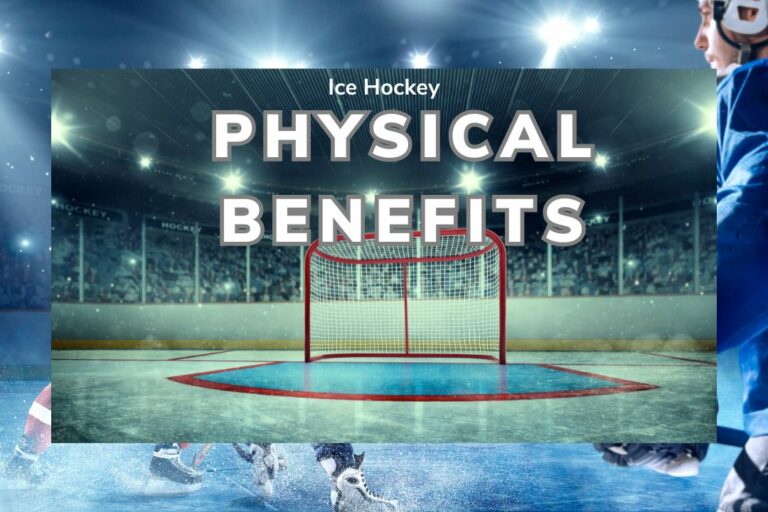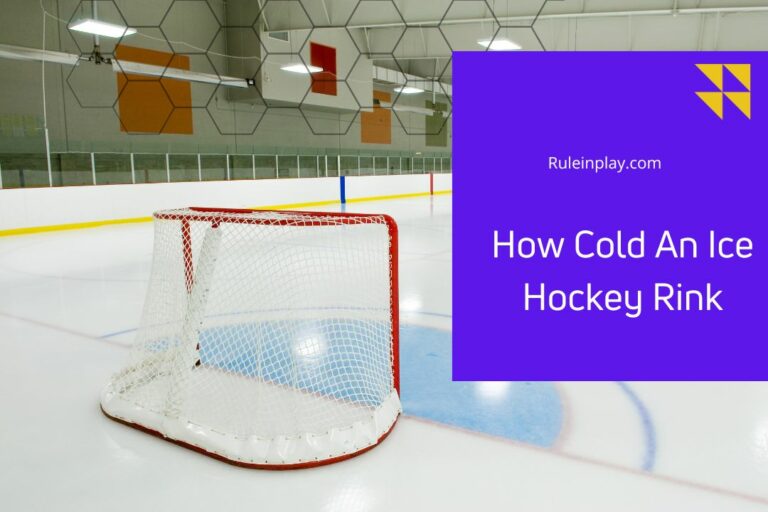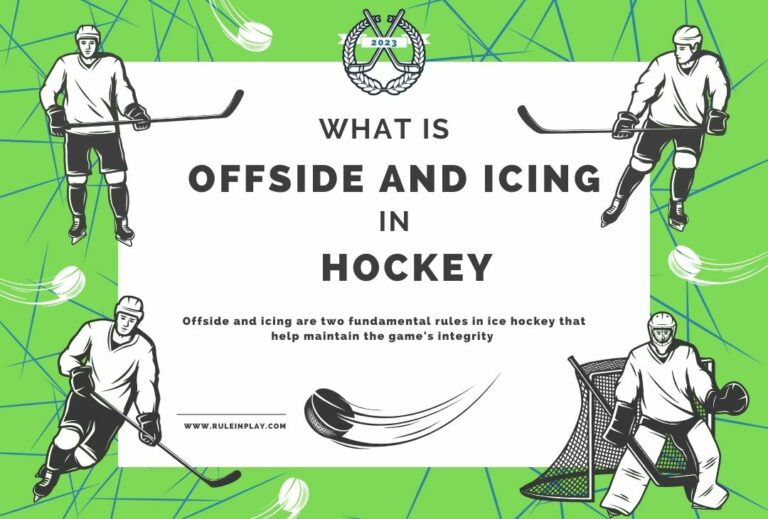Essential Ice Hockey Protective Equipment- Protect From Injuries
When it comes to ice hockey, safety should always be a top priority. The high-speed, physical nature of the sport means players are at risk of various injuries, particularly to the head and neck region. In this article, we will delve into the essential ice hockey safety equipment, focusing on head gear, mouthguards, and neck and throat protection. Understanding the significance of each of these components is crucial for both players and parents alike. Let’s explore these key pieces of equipment in detail.
Basic Ice Hockey Safety Equipment
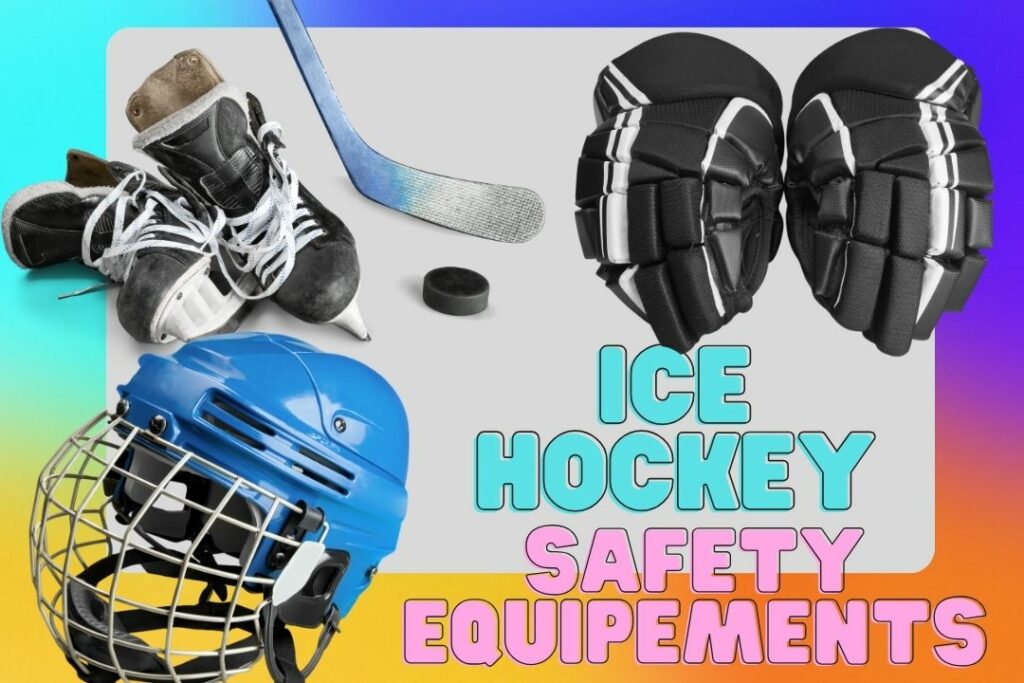
Head Gear
Ice hockey players are no strangers to the importance of head protection. Helmets, in particular, serve as the first line of defense against head injuries. Here’s a closer look at this vital piece of gear and its associated facial protection:
Helmets
Helmets are an integral part of an ice hockey player’s attire, serving as the primary safeguard against head trauma. These helmets are specially designed to absorb and disperse the force of impact, reducing the risk of concussions and more severe head injuries. Advanced models often feature technologies like adjustable sizing, sweat-wicking materials, and improved ventilation for comfort during gameplay.
Facial Protection
Facial injuries are not only painful but can also have long-lasting cosmetic consequences. This is where facial protection comes into play, typically in the form of a full cage or visor. These transparent shields cover the player’s face, protecting them from stray pucks, sticks, or accidental collisions. Full cages provide the highest level of protection but may slightly impede visibility compared to visors.
Mouthguards
Ice hockey is fast-paced and can be unpredictable, making mouthguards essential for players of all ages. Mouthguards serve a dual purpose, safeguarding both teeth and reducing the risk of concussions. Let’s delve deeper into this essential piece of equipment:
Mouthguards are custom-fitted or boil-and-bite protectors that players wear over their teeth and gums. They act as a cushion during impacts, dispersing the force and reducing the chances of dental injuries. Additionally, they help stabilize the jaw, potentially lowering the risk of concussions by absorbing shock.
See also : What is Offside and Icing in Hockey
Neck and Throat Protection
The neck and throat are particularly vulnerable in the rough-and-tumble world of ice hockey. Protecting these areas is essential to prevent injuries. Here’s a comprehensive look at the gear designed to keep these regions safe:
Neck Guards
Neck guards are specialized pieces of equipment that cover the player’s neck and upper chest area. They are typically made of high-density foam or plastic materials that absorb and disperse impacts. These guards help protect against lacerations, abrasions, and other injuries caused by pucks, sticks, or collisions.
Throat Guards
The throat guard is a component attached to the player’s mask or helmet, specifically designed to protect the delicate throat and larynx region. This piece is a must-have, as it reduces the risk of potentially life-threatening injuries in case of high-speed puck impacts or contact with opponents’ sticks.
Lower Limba Protection
Shinpads
Shinpads, also known as shin guards, are vital for protecting your lower legs from potential injuries caused by pucks, sticks, and collisions with other players. These guards typically consist of a hard plastic shell that covers the front of your shin and a cushioned interior for comfort. They are secured with adjustable straps to ensure a snug fit. Properly fitted shinpads provide confidence while blocking shots, delivering checks, and engaging in the physical aspects of the game.
Footwear
Footwear in ice hockey refers to the skates players wear. While they might not fall under the category of traditional protective gear, they play a significant role in ensuring your safety on the ice. Ice hockey skates are designed to provide ankle support, stability, and superior control. They are a critical piece of equipment, as they help you maintain balance and prevent ankle injuries during high-speed maneuvers and sudden stops.
See also : How Cold An IceHockey Rink Is?
Protection for Goalkeepers
Goalkeepers in ice hockey face a unique set of challenges and require specialized protective equipment to keep them safe. Let’s explore the essential gear for these brave guardians of the net.
Leg Guards
Goalkeepers rely on leg guards, also known as goalie pads, to protect their lower limbs from the onslaught of pucks and the forceful impact of players crashing the net. These pads are heavily padded and cover the entire lower leg, including the knees and thighs. They are designed to absorb and distribute impact energy, reducing the risk of serious injuries while allowing goalies to make agile saves.
Chest Pads
A goalie’s chest is another vulnerable area that requires robust protection. Chest pads, or goalie chest protectors, are specially designed to shield the upper body from high-velocity shots. They feature ample padding in the front and back, along with adjustable straps for a secure fit. Chest pads are essential for goalies to confidently face powerful shots without fear of injury.
Arm Pads
Goalkeepers need to protect their arms and elbows from sticks, pucks, and collisions. Arm pads, often referred to as goalie arm guards, provide this crucial protection. These pads offer a combination of padding and flexibility to allow goalies to make saves while ensuring their arms are shielded from harm.
Knee Pads
In addition to leg guards, goalkeepers also wear knee pads to protect this vulnerable joint. Knee pads are designed to offer stability and cushioning to the knees, reducing the risk of hyperextension or injury when goalies drop to the ice to make saves. They are typically secured with Velcro straps for a secure and comfortable fit.
First Aid Kit
When it comes to ice hockey, safety should always be a top priority. A well-equipped first aid kit is indispensable. It serves as your initial line of defense against minor injuries and can make a significant difference in the outcome of more severe incidents. Here’s what you should include in your ice hockey first aid kit:
Remember to periodically check and replenish your first aid kit to ensure that it’s always ready for use. Additionally, it’s crucial to be knowledgeable about basic first aid techniques, as prompt and proper care can make all the difference in an emergency.
FAQs
Wrapping Up
Ice hockey safety equipment is a crucial aspect of the sport, helping to protect players from potential injuries during games and practices. Helmets, with cages or visors, are vital in preventing head injuries, while gloves, shoulder pads, and other gear protect different parts of the body. Mouthguards and neck guards add an extra layer of safety, safeguarding against dental injuries and neck-related accidents.
